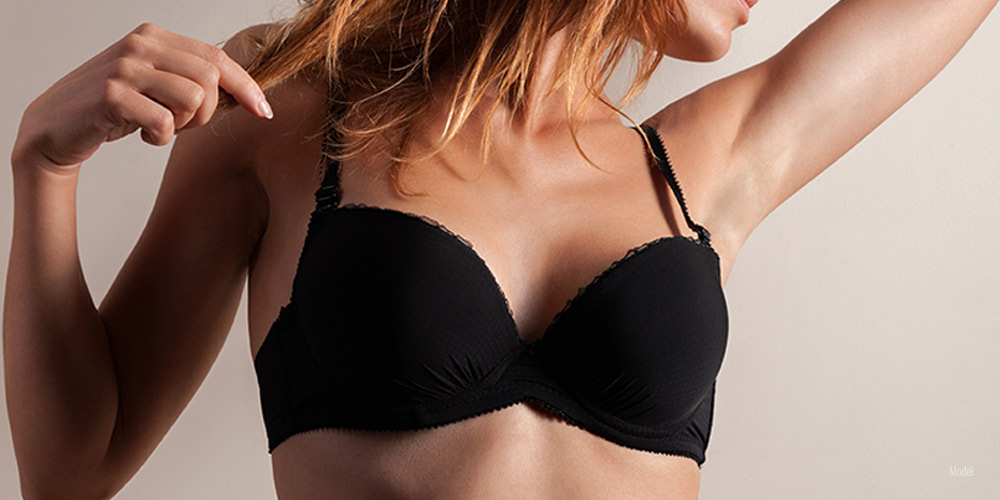
Breast augmentation is a popular cosmetic procedure that helps many individuals achieve their desired breast size and shape. If you’re considering breast augmentation, one concern that may come to mind is the scarring that can result from the incisions made during surgery. Understanding what to expect and how to manage this aspect is a necessary step in making an informed decision.
4 Min Read:
Will I Have Scars After Breast Augmentation?
Yes, you will have some scarring after breast augmentation surgery. Any surgical procedure that involves incisions will leave scars, and breast augmentation is no exception. However, the visibility and size of your scars depend on various factors, including the incision placement, your skin type, and how well you follow post-surgery care instructions.
While scars are a natural part of the healing process, they tend to fade over time and become less noticeable. It’s important to have realistic expectations and understand that any post-surgical mark will eventually become a thin line, typically not as prominent as many people fear before undergoing the procedure.
Breast Augmentation Incision Options
One of the first things you’ll discuss with your surgeon is where the incision will be made. There are several options, and the best choice depends on your body, volume preferences, and implant type. Here are the most common incision methods for breast augmentation:
Inframammary Incision (Breast Fold)
This common incision is placed in the natural crease under the breast. The inframammary incision allows the surgeon to have good visibility and control, making it ideal for larger implants. Scars from this incision are usually well hidden in the natural fold of the breast, making them less noticeable over time.
Periareolar Incision (Around the Nipple)
This incision is made along the lower half of the areola (the dark skin surrounding the nipple). It can be an excellent option for those who are already undergoing a breast lift or have smaller breasts. Over time, the scar tends to fade and blend in with the color change between the areola and the surrounding skin.
Transaxillary Incision (Under the Arm)
Made in the armpit, this point of entry avoids incisions on the breast itself. While it’s less common and offers more limited access for larger implants, it can be a good option for individuals who want to avoid any breast scarring altogether.
Transumbilical Incision (Through the Belly Button)
This technique involves making a small incision in the belly button, through which the implants are inserted. It’s a rare and more complex option, with some limitations in terms of implant size and placement, as well as the limitation of only being able to use saline implants. This is due to the fact that silicone implants are pre-filled and cannot be inserted through a narrow tunnel.
Scarring During Breast Augmentation Recovery
Scarring will begin to form as part of the healing process right after the successful completion of the procedure. Here’s what you can expect during the recovery timeline:
- Week One and Two: Directly after surgery, your incisions will be covered with bandages. Initially, the sites will appear swollen and may feel sensitive. This is to be expected—your body is beginning to heal.
- Weeks Three through Six: Swelling starts to subside, but your scars will still be visible. You’ll likely need to wear a compression bra to help with healing and maintain proper implant positioning. You may also be advised to avoid strenuous activities during this phase.
- After One to Three Months: Scars begin to soften and fade. They might still appear darker than your natural skin tone, but by this time, you should notice some improvement in their overall appearance.
- Six Months to One Year: Scars will continue to fade and become thinner. Most scars are barely noticeable after a year. However, your final results may not be visible for up to 18 months as the tissue fully matures.
During the recovery process, it’s important to follow your surgeon’s aftercare instructions carefully. These may include taking prescribed medications, wearing compression garments, and attending follow-up appointments. Follow your post-op guidelines as closely as possible to promote speedy incision healing and ensure optimal breast augmentation results.
How to Reduce the Appearance of Scarring
To reduce the appearance of scarring, it’s essential to follow your surgeon’s aftercare instructions, which may include keeping the incision site clean and using prescribed ointments or silicone gels. Proper moisturizing supports healing, and gentle massaging (once approved by your surgeon) can improve the texture and flexibility of the tissue. Protecting the incision from sun exposure with sunscreen or covering it helps prevent discoloration. For more persistent marks, treatments like microneedling or laser therapy may be recommended to enhance the healing process.
Learn More About Breast Augmentation in Beverly Hills, CA
If you’re considering breast augmentation and have concerns about scarring, Beverly Hills Plastic Surgery is here to guide you. Board-certified plastic surgeon Dr. Gabriel Chiu provides personalized consultations to help you understand your options and feel confident in your decision.
For questions or to schedule a consultation, call us today at (310) 888-8087 or complete our online contact form.
